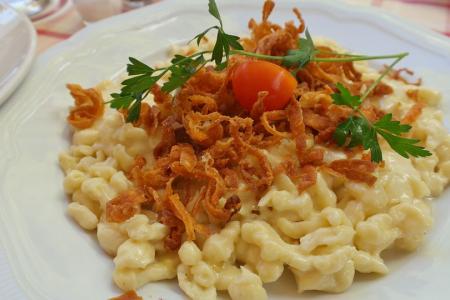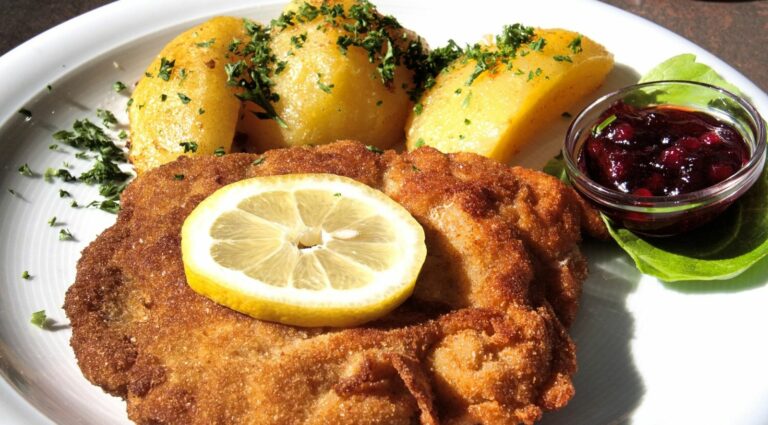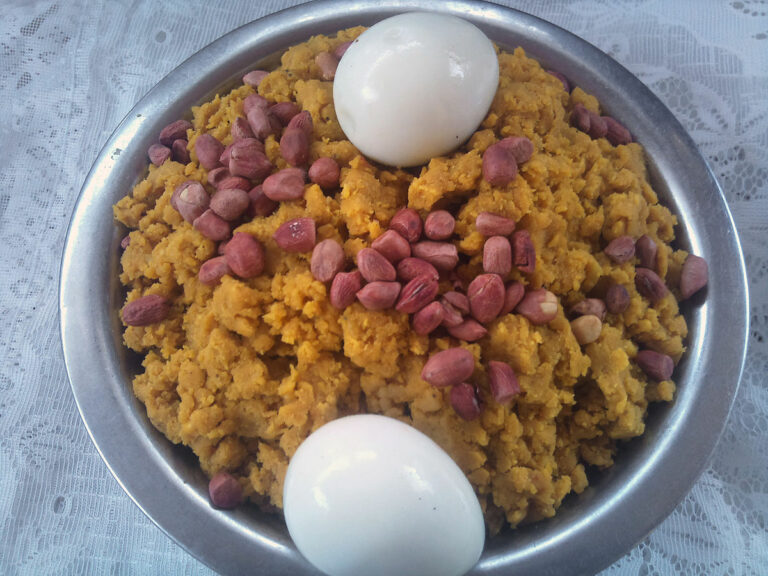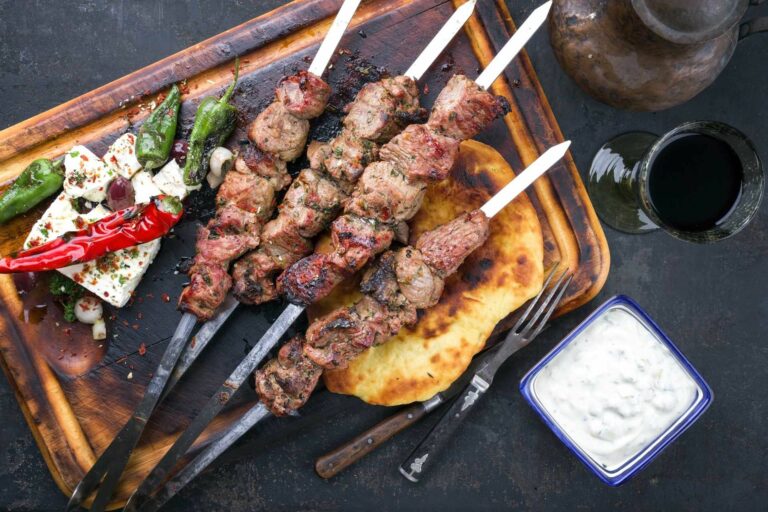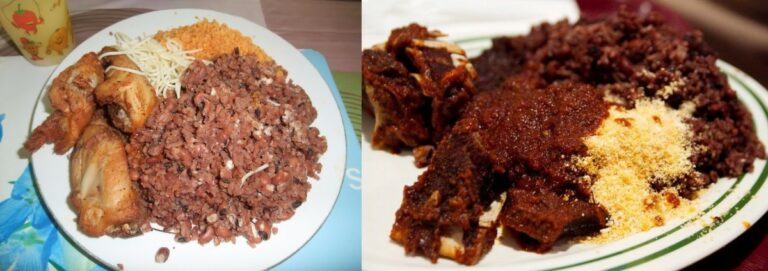Introduction to German Cuisine
German cuisine is known for its hearty, meat-centric dishes, delicious bread and pastries, and rich, flavorful sauces. It has a strong regional identity, with each area of the country boasting its own traditional specialties. German cuisine also has a reputation for being filling and satisfying, with many dishes designed to provide energy and sustenance for a long day of work or outdoor activities.
Meat in German Cuisine
Meat is a central component of many German dishes, with pork, beef, and poultry being the most commonly used. Popular dishes include schnitzel, a breaded and fried cutlet of meat, and sauerbraten, a type of pot roast that is marinated in vinegar and spices for several days before being cooked. Sausages are also an important part of German cuisine, with more than 1,500 different types available. Some of the most well-known varieties include bratwurst, weisswurst, and frankfurter.
Bread and Sausages
Bread is a staple of the German diet, with a wide variety of types available. Rye bread is particularly popular, and is often served with meats and cheeses as part of a hearty breakfast or snack. Pretzels are also a beloved German snack food, often served with mustard or cheese dip. Sausages are another important part of German cuisine, and are often served with bread or potatoes as a main course. Currywurst, a sliced sausage topped with curry sauce, is a popular street food in many German cities.
Vegetables and Side Dishes
While meat is a main focus of German cuisine, there are also many delicious vegetable dishes and side dishes. Cabbage, in particular, is a staple of many German meals, and is often served in the form of sauerkraut or red cabbage. Potatoes are another common side dish, often served boiled or mashed. Other popular sides include spaetzle (a type of egg noodle), dumplings, and roasted root vegetables.
Desserts and Cakes
German cuisine is also famous for its delicious desserts and cakes. Black Forest cake, made with layers of chocolate cake, whipped cream, and cherries, is a well-known German specialty. Stollen, a sweet bread filled with raisins and nuts, is another popular dessert. Other sweet treats include marzipan (almond paste), gingerbread, and apple strudel.
Popular Beverages in Germany
Beer is perhaps the most famous beverage associated with Germany, with many different types and styles available. Pilsner, lager, and wheat beer are some of the most popular varieties. Wine is also produced in many regions of Germany, with white wine being the most commonly consumed. Soft drinks like cola and lemonade are also widely available, as are hot beverages like coffee and tea.


